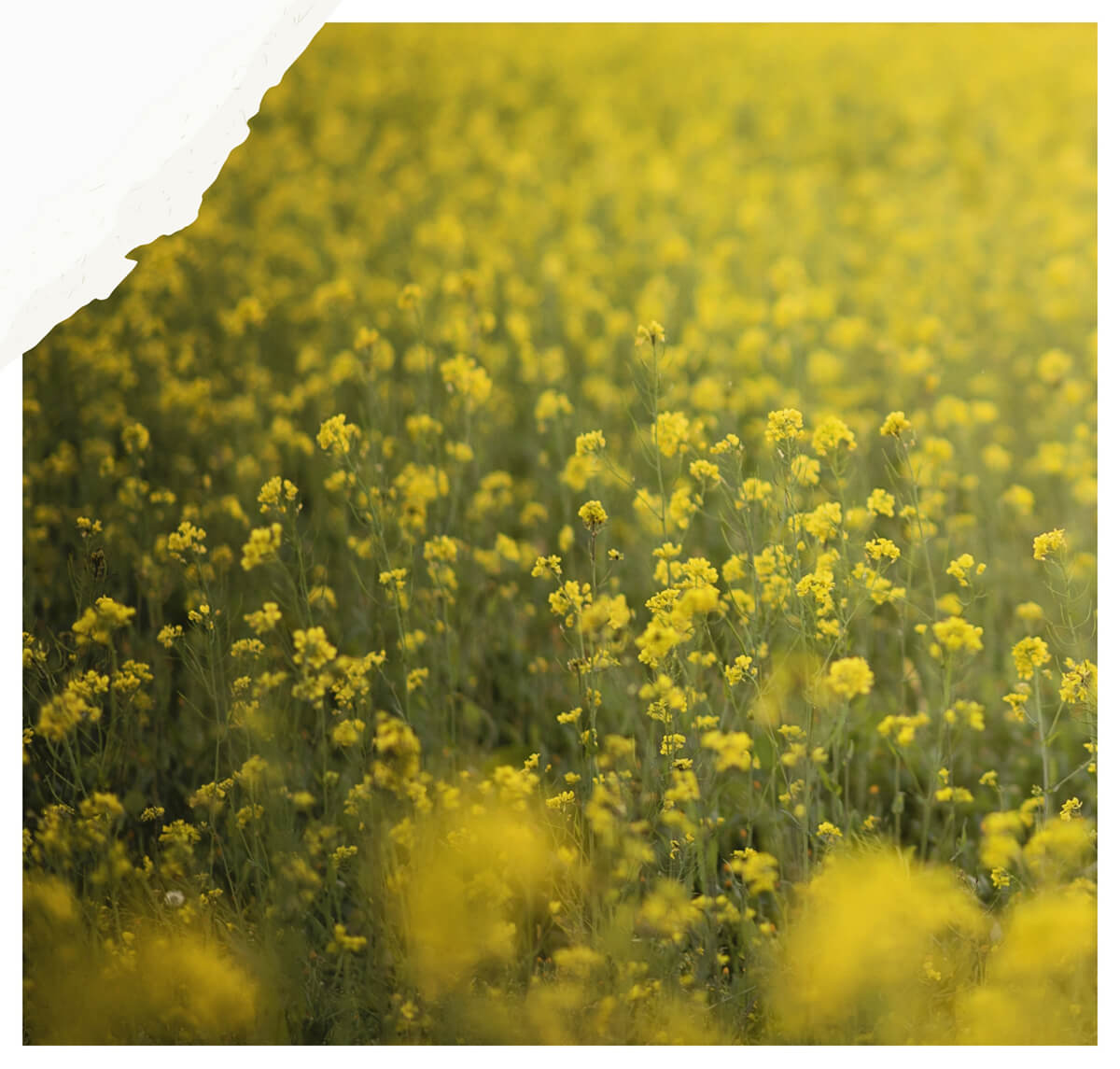Points of Music
I distinctly remember the first time I heard a bell choir. I was at a church in southern Illinois when half a dozen ringers stepped to the second floor railing and raised their bells. I watched, dumbfounded, as first one and then another flick of the wrist sent forth a stream of intricate notes. Until that moment, I had never considered bells to be a musical instrument. Bells to me were a cacophony of random sounds strung to a winter sleigh. But here were these tiny domes pealing out a melody. I’ve been a bells’ fan ever since.
I recently attended a concert. The singers were good, but the highlight for me was the bells. I sat in the darkened auditorium and smiled in anticipation as two rows of ringers walked onto the stage. I was not disappointed. In perfect order the arms came up and out and the notes began to peal. From one end and then the other, singly, in pairs, and then together – notes chimed a ribbon of music. How was this possible? How was it possible for so many disconnected metal pieces to chime in such unity? It seemed like magic. Even thinking about it now, several days later, it seems like magic.
I understand that any band needs to work together. There has to be teamwork. And practice. But the coordination of a bell choir seems to take teamwork to a whole different level. A bell choir isn’t just blending instruments. They are the instrument. It’s like sitting a dozen people at a piano, giving them each a single key to play, and watching them belt out Beethoven. Each note is clearly and separately rung; there’s no hiding a mistake. I imagine it only starts working when the ringers don’t merely read the music; they become it.
It would be easy to let Paul chime in here with 1 Corinthians 12:12. Bell choirs seem like a custom-made analogy for the importance of individual effort and team coordination, right up there with Paul’s analogy of the Church being a body made up of many members. Everyone has a different part. (A choir of bells all with the same pitch wouldn’t be very interesting). And everyone has to act at the right time. (Can you imagine the sound if everyone rang their bells whenever they wanted?) But the true joy of a bell choir is not the mechanical precision. It’s the transformation from inanimate metal into something mysteriously alive. You can talk about rhythm and tempo, pitch and melody, sharps and flats and notes. But you will never be able to capture what actually happens when dozens of bells are carried into the spotlight. When the notes are struck, something beautiful comes into being that was not there just moments before.
We are entering into the season of bells. Jingle bells, caroler’s bells, church bells. Bells rung over red Salvation Army buckets and bells jingling on shopkeeper’s doors. Many of these bells are reminiscent of daily life – rushed and discordant. Even as we prepare for Christmas, most days feel more like clanging gongs than melodious music. We need a Great Conductor to step in and teach us when to chime, when to remain silent, and how to rest in God’s love.
We could try to study Christmas in the same way that we could try to study a bell choir. We could consider science, history, philosophy… but none of these can ever really capture what happens when Jesus walks into the spotlight. Something even more beautiful than the most amazing bell choir was born into the world a little over 2000 years ago. Out of God’s love for us, Jesus Christ came to heal the discordant pieces of our lives and to envelope us in His song. When we pause to listen, we will find that His Spirit is still chiming quietly within us.
If I speak in the tongues of men and of angels but have not love, I am only a resounding gong or a clanging cymbal (1 Corinthians 13:1).

Search the Blog
Categories
Join the email list to receive the latest post and occasional exclusives

Meet Janet!
Janet Beagle, PhD is the founder of The Mustard Patch. She divides her time between the Midwest and New England, and if she’s not writing, she’s probably out hiking with her 2-and 4-footed friends.





